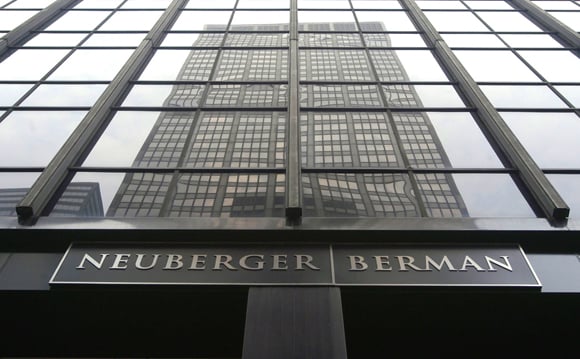After the financial markets see-sawed through several distinct phases for much of 2010, investors gradually regained confidence late in the year and stocks rallied as mixed economic indicators became more positive.
The following is a list of the ten key investment themes that Matthew Rubin, Neuberger Berman's director of investment strategy, says will play out over the course of 2011.
After the financial markets see-sawed through several distinct phases for much of 2010, investors gradually regained confidence late in the year and stocks rallied as mixed economic indicators became more positive. Below, Neuberger Berman’s Investment Strategy Group offers their take on what they expect in the year ahead.
1. 3% GDP growth for the U.S. economy: The extension of Bush-era tax cuts, a second round of quantitative easing (QE2) from the Federal Reserve, favorable trade dynamics, strengthening corporate investment and resilient consumer spending should continue to support the economic recovery that officially began in June 2009. Our expectation for 2011 real GDP growth of around 3% will keep ‘double-dip’ concerns at bay, but offers limited support to a sluggish labor sector.
2. Europe’s sovereign debt issues to persist: European sovereign debt concerns were well documented throughout 2010. Despite recent support and assurances by Japan and China to buy Euro-region bonds, we believe the anticipation of further debt restructuring and bank recapitalizations will weigh on the borrowing costs and CDS spreads of weaker European nations. Another issue is that the European Central Bank has offered little support in the way of liquidity measures, preferring instead to keep the onus on governments to cut deficits through successful implementation of austerity programs.
3. Trade relations to deteriorate and currency conflicts to escalate: As countries pursue competitive advantages through protectionism and devaluation of currencies, global cooperation is in jeopardy. A lack of coordination on the part of policy makers poses an additional risk to economic growth, as it makes it more difficult to prevent potential asset bubbles, and reduce financial system imbalances.
4. Home prices slide further before bottoming in the second half of 2011: Risks to the housing sector remain elevated. The good news is there is not much room for further declines in a number of metrics (home sales, starts, building permits), but a slow jobs recovery and overhanging foreclosure issues further weaken our housing outlook. All told, we expect home prices to continue to slide further, as they have the past few months, before slowly recovering in the second half of 2011.
5. Fed to complete QE2, contemplate late second half exit: The Federal Reserve is likely to pursue the full scope of QE2 ($75 billion per month through June 2011). As the recovery becomes self-sustaining, the Fed will likely begin to think about removing liquidity from the financial system in late 2011 but we anticipate it will wait until 2012 to implement an exit plan.
6. Underweight bias on fixed income: Against a backdrop of favorable economic growth and low inflation, we believe spread sectors can outpace equal-duration Treasuries in 2011, but expect to see more muted fixed income returns overall. We continue to favor high yield, which has further room for spreads to narrow, over all other fixed income sectors. Overall, we think the potential for rising interest rates and continued volatility surrounding sovereign debt will prove to be formidable headwinds to fixed income performance.
7. S&P 500 poised for attractive returns: We maintain our constructive view of U.S. equities and have a favorable outlook for emerging markets and developed international equities in 2011. While U.S. equities may experience some of the ups and downs that characterized 2010, we believe the overall trend will be toward the upside, as fundamentals within corporations and the broader economy remain strong. We look for global equity markets to benefit from strong earnings and modest multiple expansion but will face headwinds in the form of persistent macro risks.
8. Record EPS for S&P 500: Top-line revenue growth, stock buybacks and steady operating margins support our belief that S&P 500 earnings will surpass the all-time record earnings year of $87.72 a share for the S&P 500 in 2006. Companies have entered 2011 from a position of strength and have continued to beat analyst estimates on both the top and bottom lines, suggesting there is upside to corporate earnings estimates.
9. Developed market equity flows turn positive: For the past two years, investor flows have significantly favored fixed income over equities. Two declines of roughly 50% for the S&P 500 over the past ten years and flare-ups like last May’s “flash crash” are partially responsible for investors’ continued retrenchment from equities. As market volatility slowly subsides and investors become more comfortable with the global economic backdrop, we believe assets will slowly find their way toward equity investments.
10. Last year’s sector leaders have attractive return potential: Like 2010, we believe cyclical exposure is an attractive pairing with high quality dividend-paying equities to help diversification and dampen volatility. Amid steadying signs of global growth, we continue to believe sectors that can leverage an upturn in commodity prices and emerging market growth – including Industrials, Materials, and Energy – are well positioned.







